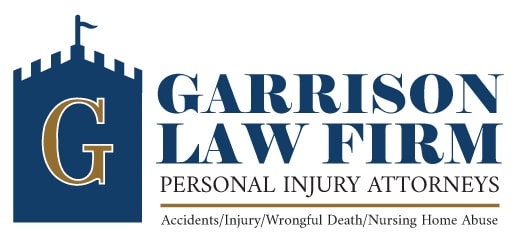Major cities such as Phoenix typically count on mass transit solutions such as buses to convey large numbers of people as efficiently as possible. Some companies also provide private bus services for tours and other excursions. As a result, accidents may occur that cause serious injuries to bus occupants or other parties.
If you have suffered a personal injury due to a collision with a bus or other negligence on the part of a bus driver, you may have grounds for a lawsuit, although bringing that lawsuit to fruition may prove a complex matter. Here are some essential points to consider about bus accident injury cases.
How Bus Accident Injuries Occur
Many injuries related to bus accidents involve a collision between a bus and the driver of another vehicle. If an intoxicated or distracted bus driver runs a red light or loses control of the bus, it may crash into you, causing injuries ranging from whiplash to fractured bones or permanent neurological damage.
You may also sustain a personal injury while sitting or standing in a bus as a passenger. The same kind of collision that might injure the occupants of another vehicle could also force the bus to a sudden stop or cause it to roll over, creating serious injuries among the bus’s occupants.
Bus-related personal injuries don’t have to involve a second vehicle. The top-heavy design of buses makes them more difficult to control than personal cars or trucks, increasing the chance of a rollover. Due to the increased mass of the bus, even a too-fast impact with a speed bump can throw passengers around, causing injuries.
How to Respond to the Accident
Whenever you find yourself involved in a motor vehicle accident, you should first determine whether you or any others at the scene have sustained injuries requiring medical attention. Don’t assume that someone else has contacted a first responder; call the police or 911 on your own initiative.
Even if you can walk unaided, remain at the scene of the accident until you have had an opportunity to tell the police your impressions of what happened. Take as many pictures of the injury site as you can, including visual evidence of physical injuries, property damage, skid marks on the road, and images of the location.
Seek medical care for your injury as soon as you reasonably can, partly for your own sake and partly because an unexplained delay in seeking treatment might make the injuries appear unworthy of legal action. Obtain full documentation of your diagnosis, treatment, and medical bills.
How to Pursue Your Personal Injury Case
Your personal injury attorney will collect all the available documentation relevant to your injury, from medical and visual records to police reports, in preparing your lawsuit. Provide a full and honest account (including any responsibility you may bear for the incident) so your attorney can represent you correctly.
Much of your case preparation will revolve around what kind of entity operated the bus. If a private business or individual owns and operates the bus in question, then you may file your claim against that organization within the usual two-year statute of limitations applied to personal injury cases.
If a public entity such as the city owns and operates the bus involved in your personal injury, you face a different set of challenges. For instance, the statute of limitations in filing a personal injury claim against a public entity only extends for one year instead of two.
Another difference in your approach involves the need to file a document called a notice of claim. If you intend to file a lawsuit against the city or another public entity, you must fill out this form and submit it to the applicable office or department within 180 days of the injury, with the lawsuit filed within one year.
You can expect the notice of claim to require such basic information as your name, contact information, the particulars of the incident (time, date, place, and location), and the specific losses sustained. You will also officially state your intention to seek compensation based on the negligence of a public employee or organization.
How the Courts Decide on Compensation
Arizona adheres to the principle of comparative negligence when determining liability and compensation in personal injury cases. Under this principle, the court may reduce the amount of compensation you receive by your percentage of liability (if any) in causing the accident. Consider this possibility when figuring your initial claim.
On the plus side, Arizona law differs from some other states in that it enforces no damage caps on personal injury compensation. This lack of a maximum limit may help ensure that you receive adequate compensation for medical expenses, lost wages, pain, and suffering, and other damages.
If you fear an uphill battle in a bus-related personal injury lawsuit, rely on Garrison Law Firm for skilled legal guidance and expertise. Contact our law office today to tell us about your case and request a consultation.


